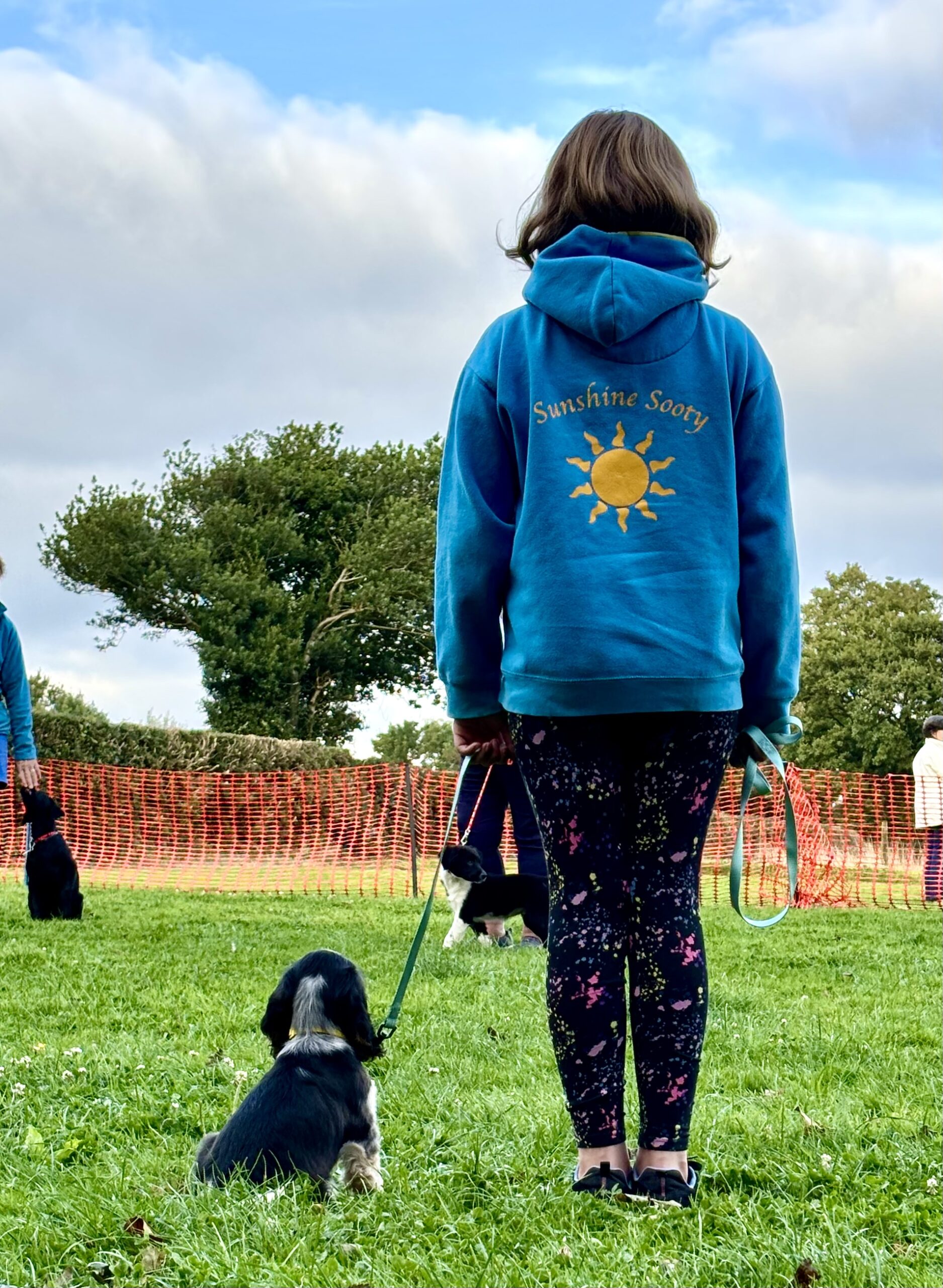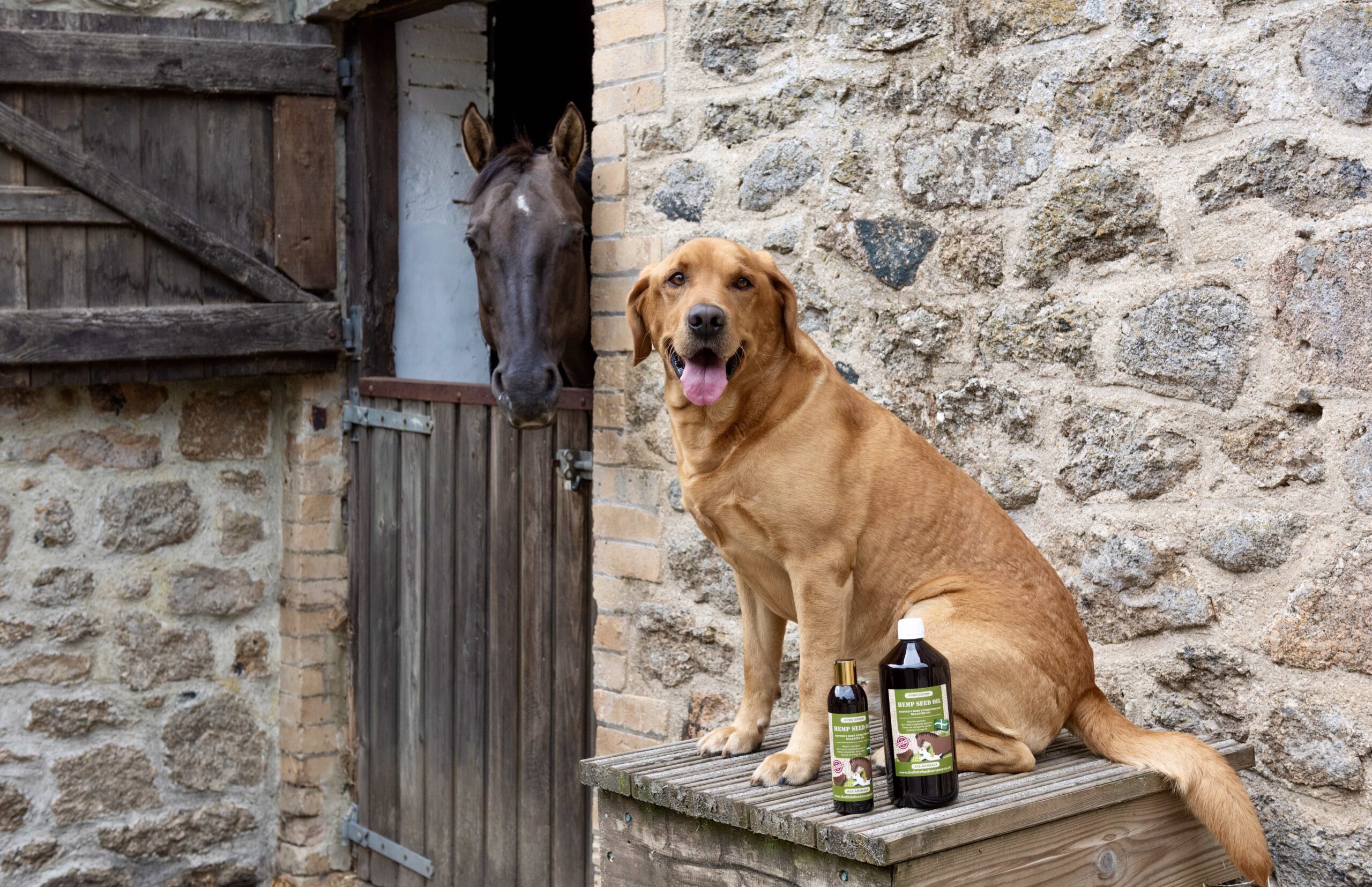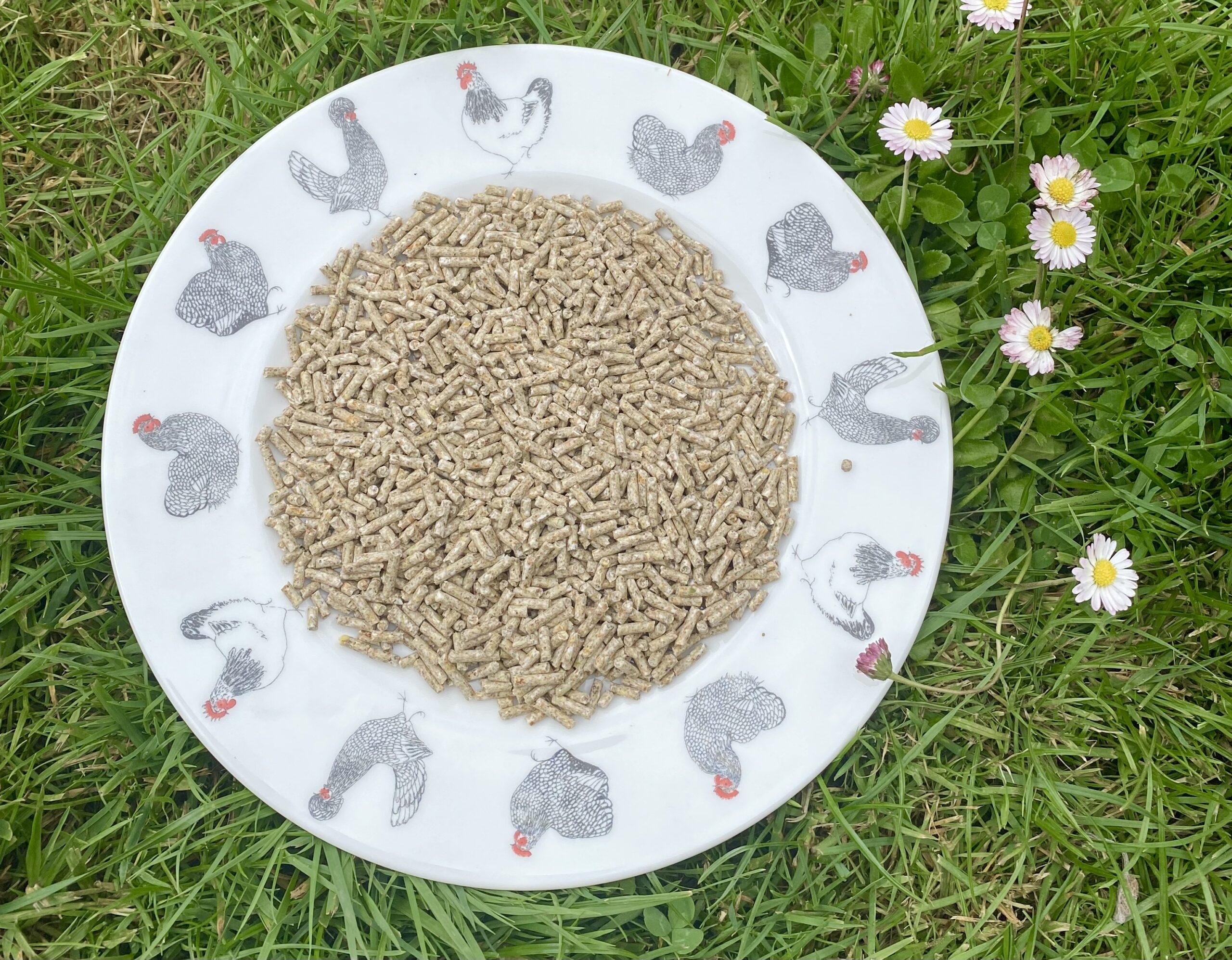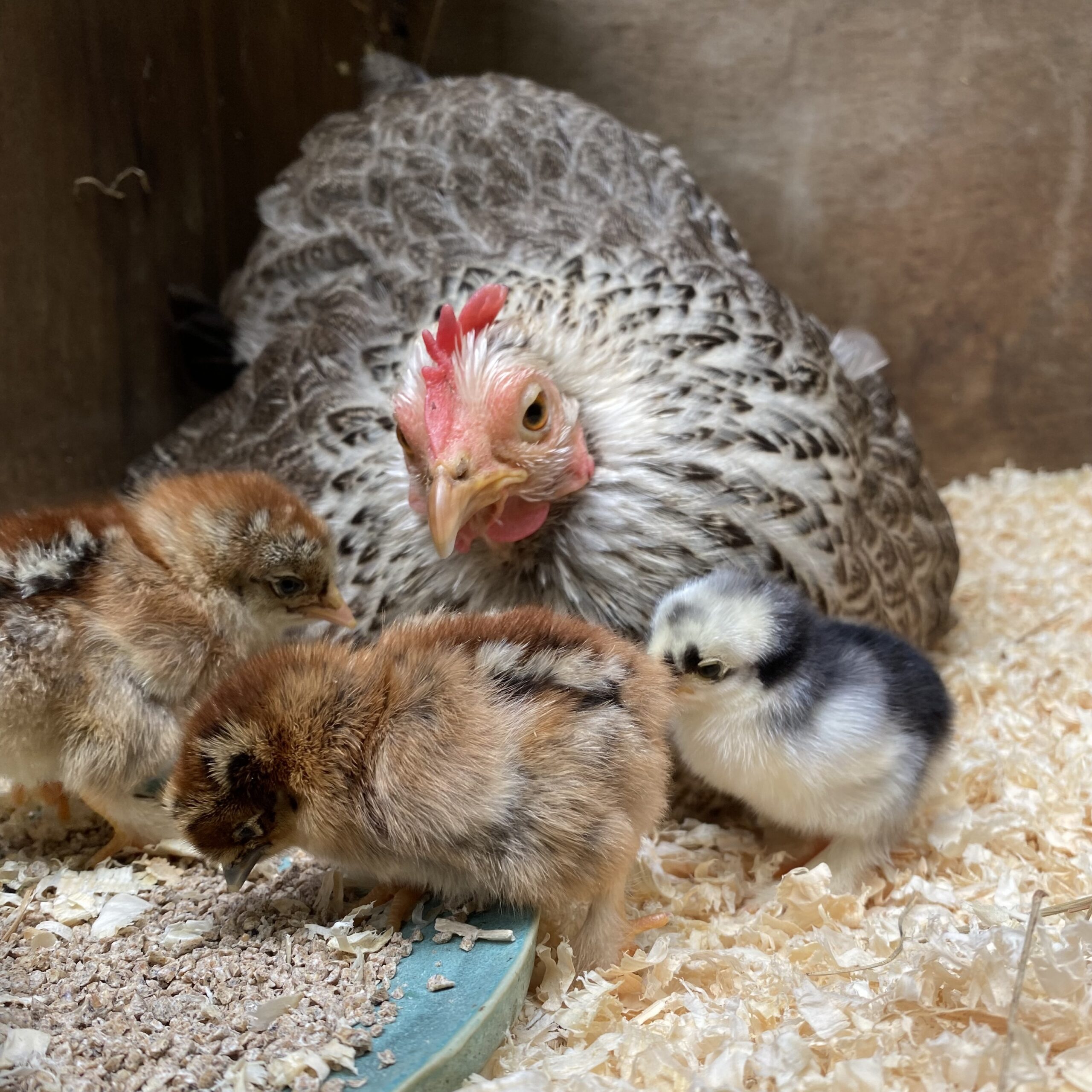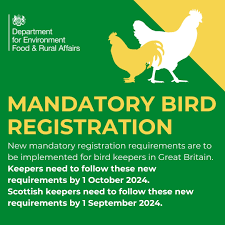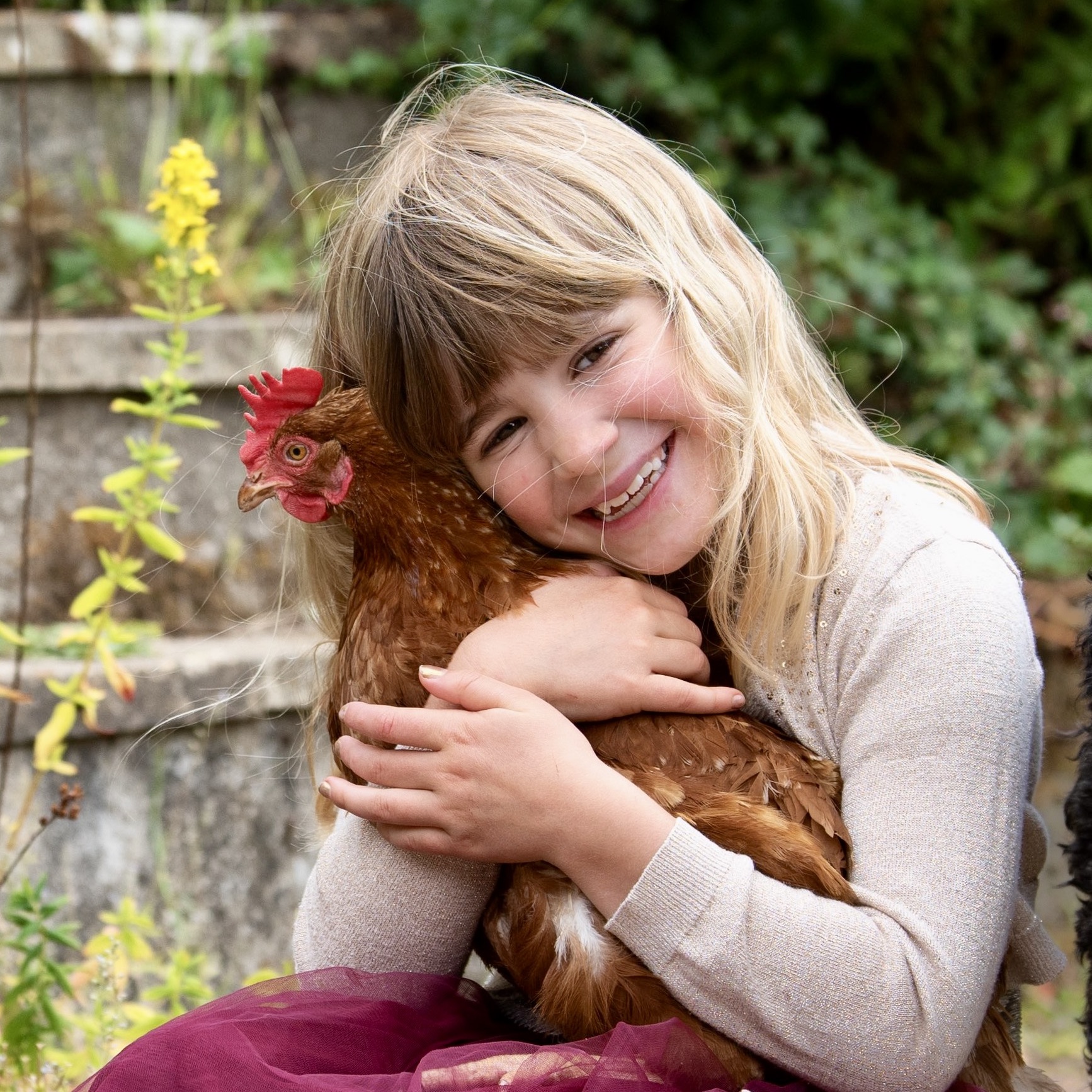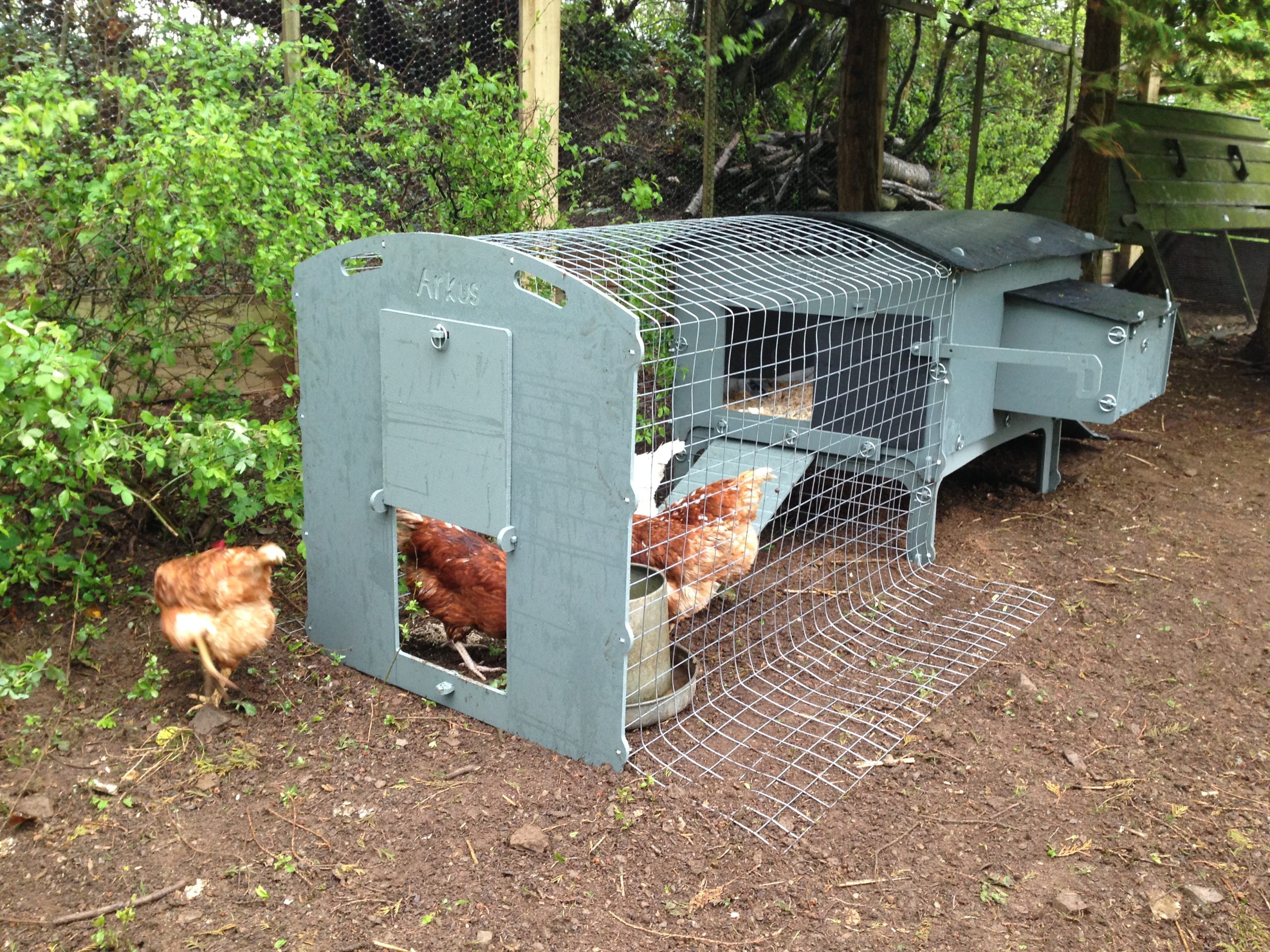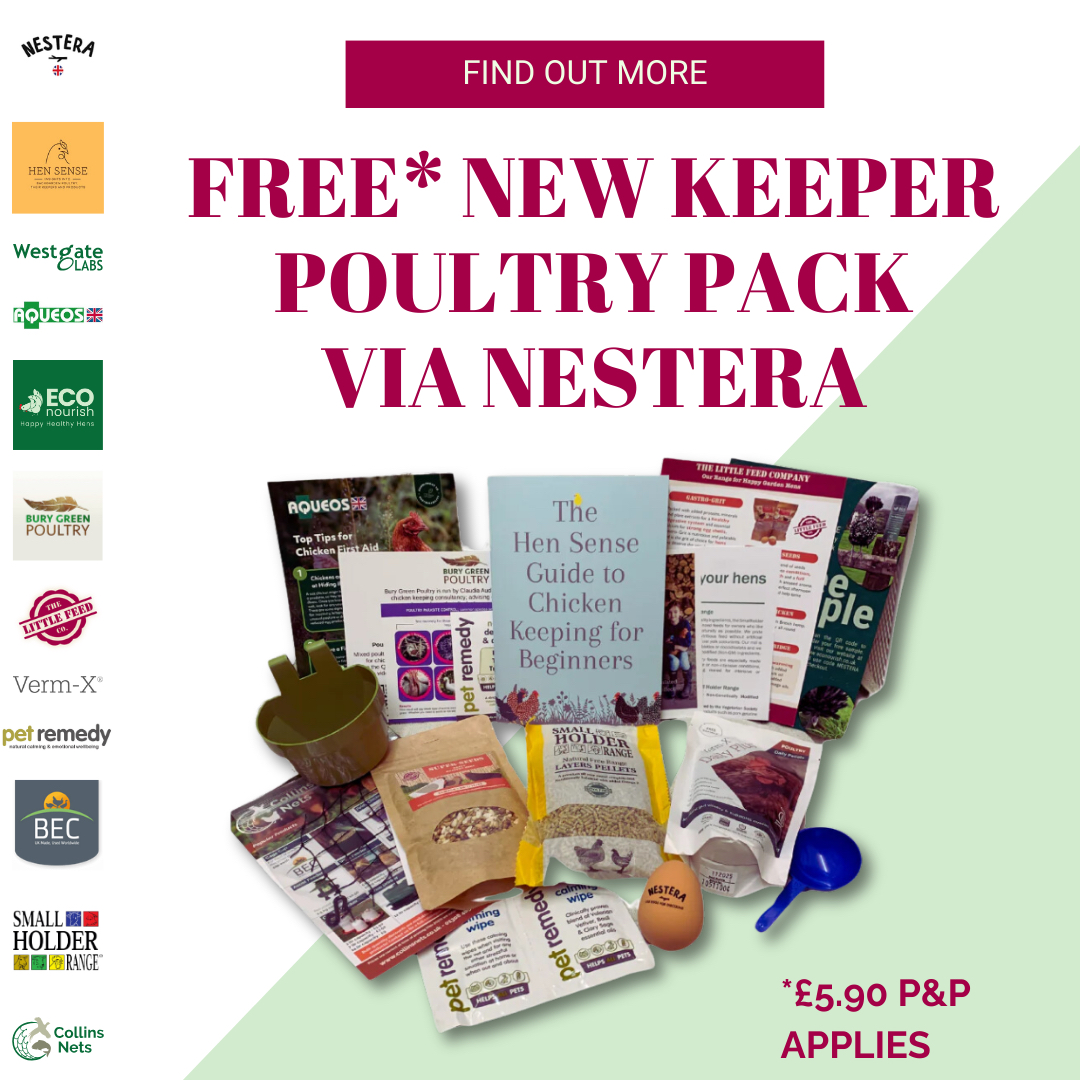
If you are new to keeping chickens, the Poultry Pack is just what you need! Full of information, samples and discount codes. 12 British companies have got together to form a ‘poultry alliance’. We all share the same values, helping to keep small flocks and pet chickens happy and healthy. The Poultry Pack is available to order via the Nestera website and features the following fabulous companies and products:
Order your Poultry Pack here
click on the company names to be taken directly to their websites to learn more.
Bury Green Poultry is run by Claudia Audley who specialises in chicken keeping consultancy; advising chicken keepers on how to keep their flocks happy and healthy. Claudia has over 25 years’ experience in chicken keeping and offers lots of tips and advice online, please see her website for more info.
The Little Feed Company: We’ve included a sample of Super Seeds our delicious blend of seeds and cereals to promote condition, good health and glossy feathers. These seeds are really tasty so it is great for taming new chickens too!
ECOnourish Live Black Soldier Fly Larvae (Calci Worms)
Pamper & protect your flock whilst stimulating their natural instincts. Scientifically proven to support overall health and wellbeing, reduce stress, improve plumage, and boost gut health and immunity.
BEC Poultry have included one of the recycled cate cups. These are suited to a wide range of purposes including holding feed, grit and water. Very easy to use and clean. Suitable for Poultry, Game Birds and most small pets.
Westgate Labs is a family business founded in 1999. The laboratory offers a quick, easy to use, great value postal worm count service that enables poultry keepers to use wormers reponsibly for their flock by minimising worm resistance. Their leaflet includes fascinating photos plus a 20% off code.
Pet Remedy natural calming, use the wipe when travelling and settling into a new home. Gently wipe on the chicken’s chest or hang nearby.
Clinically proven blend of valerian, vetiver, basil and clary sage essential oils.
Verm X Protect your hen’s intestinal hygiene without using pharmaceuticals. Verm-X® Daily Plus formula uses a blend of herbs and spices to support poultry health naturally, including Astragalus for antiviral properties PLUS Dandelion for improved digestion.
Nestera is the largest sustainable coop company in the world as all our coops are made from 100% recycled plastic. We have included a hard rubber egg which when placed in your hen’s nestbox, will encourage them to lay in the desired place. All our coops are packed with poultry science with birds welfare first and foremost.
Libby Syddall is a poultry consultant who specialises in back garden poultry. She supports companies to provide the right products and information for this sector. Libby is a qualified poultry medications advisor as well as a member of the British Veterinary Welfare Association. She has almost 20 years experience with chickens, ducks and turkeys and uses her knowledge to support keepers all over the world.
Aqueos is a UK Manufacturer of Eco Friendly Disinfectants and a range of First Aid Products
Allen and Page Smallholder Range: Using only the very finest ingredients, the Smallholder Range provides well-balanced feeds designed for animals being raised more naturally. We pride ourselves on making natural feed without, artificial growth promoters or artificial yolk pigmenters. Our mill is totally drug free – no antibiotics, cocciostats or growth promoters.
Collins Nets is a family owned and run company and has been for over 35 years. Collins Nets specialise in the manufacture and supply of nets for the Game Rearing, Poultry Keeping, Fisheries & Leisure Sports industries. The polythylene bird netting can be used for a wide range of applications including avian influenza protection, anti predator, laying pens and much more. A full range of associated products are also kept in stock including feeders, drinkers, electric fencing, plastic sheeting and wire netting.
The Poultry Pack is free to buy with a £5.90 P&P charge. Order your’s here.
